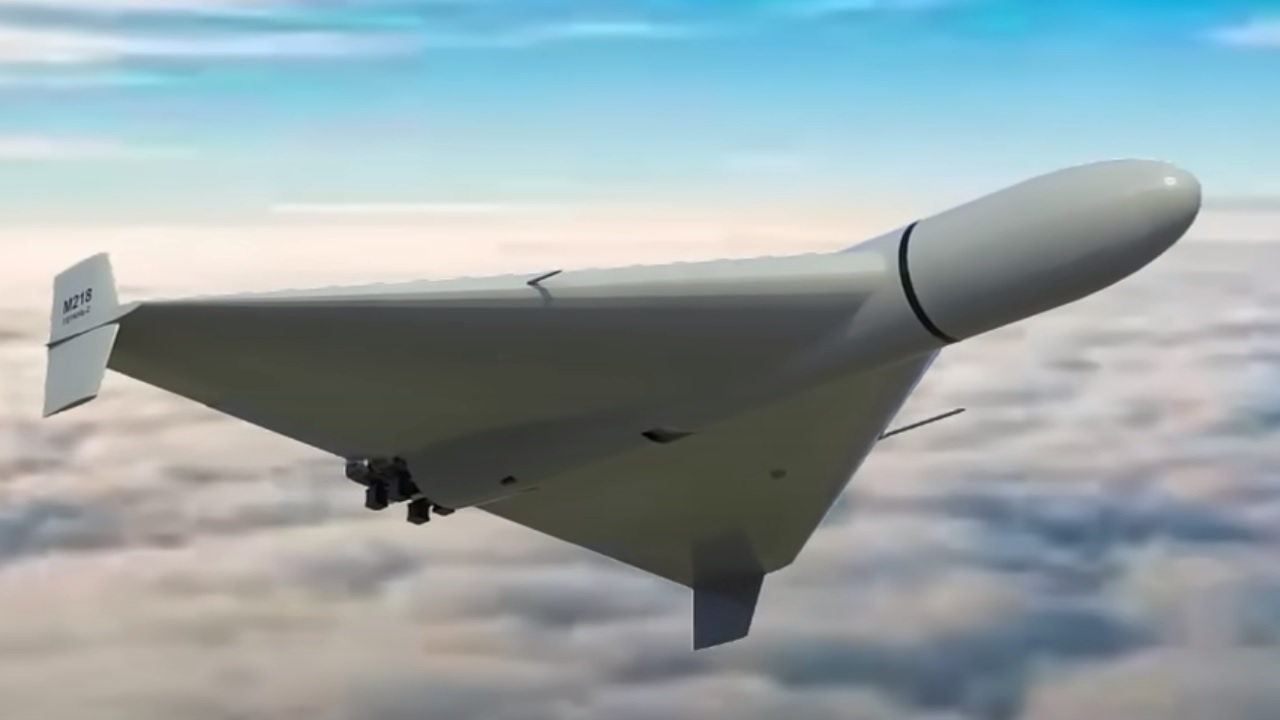Since Russia first invaded Ukraine back in February 2022, both sides have effectively used lethal drones. Kyiv has procured a number of unmanned aerial vehicles from the U.S. and other NATO countries, while Moscow has relied on Iran-designed combat UAVs.
The Moscow-Tehran partnership began last summer, despite official Iranian denials that they provide Russian forces with the lethal drones used in Ukraine.
Moscow has launched hundreds of Iranian suicide drones. They target Ukraine’s major cities, power plants, civilian neighborhoods, and military assets.
How is Iran Evading Sanctions?
Although the U.S. and its allies have sanctioned scores of companies and individuals involved in Iran’s drone industry, this strategy does not appear to be working. Earlier this year, components produced by more than one dozen American and Western companies were discovered inside one of the Iranian drones shot down in Ukraine. Iran acquired many of the drone parts it needs from American, European, and Japanese companies that sell commercially available components.
An Expanding Partnership
In addition to purchasing seemingly inconspicuous parts from international countries, Iran has turned inward to ramp up production. Tehran is beginning to pride itself as the leading drone manufacturer in the Middle East. Having loads of practice smuggling illegal weapons and components to proxy groups and other affiliates in the region, the Islamic Revolutionary Guard Corp is well poised to expand efforts to support Russian forces. Iran is currently using the Caspian Sea route to move UAVs and other munitions to Russia.
Iran is starting to lean more on domestic manufacturers to build drones. Last month, U.S. National Security Council official John Kirby revealed that a collaborative Iranian-Russian UAV factory could be fully operational by 2024. Earlier this month, weapons investigators in Ukraine found components in a Russia-launched drone made by a new, small and private Iranian electronics firm, Sarmad Electronics Sepahan. As detailed by a report in The Wall Street Journal, Sepahan has successfully reverse-engineered Japanese drone parts. A senior research associate with the Wisconsin Project on Nuclear Arms Control noted that “this is becoming a lucrative field that smaller, private companies want to get into,” adding that “the Iranian drone program is so resilient because it is so diverse.”
One of the Iranian drones Russia operates the most is the Shahed-136. This explosive-laden UAV has singlehandedly improved Moscow’s long-range strike capabilities in Ukraine. Able to loiter prior to striking its target, the Shahed series of kamikaze UAVs is pretty effective. A Chinese-produced MD550 engine, which is believed to be reverse-engineered from a German design, powers the UAV. Iran often denies providing Moscow with suicide drones like the Shahed-136, but there is ample evidence that these lethal UAVs have become an important asset for Russia’s offensive.
Author Expertise
Maya Carlin, a Senior Editor for 19FortyFive, is an analyst with the Center for Security Policy and a former Anna Sobol Levy Fellow at IDC Herzliya in Israel. She has by-lines in many publications, including The National Interest, Jerusalem Post, and Times of Israel. You can follow her on Twitter: @MayaCarlin.

